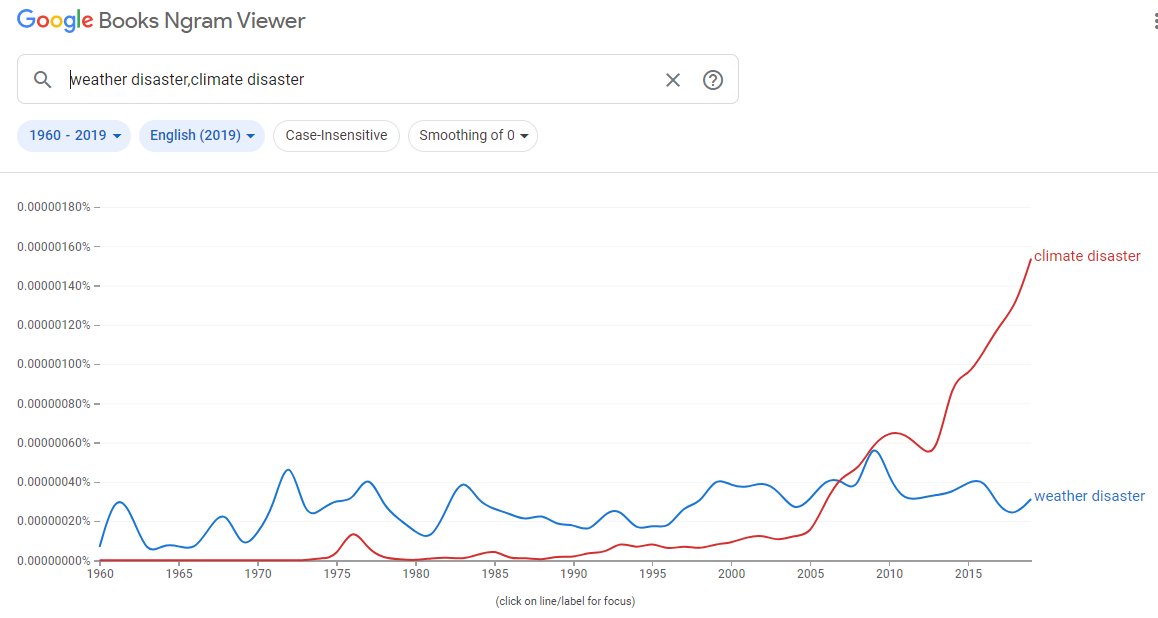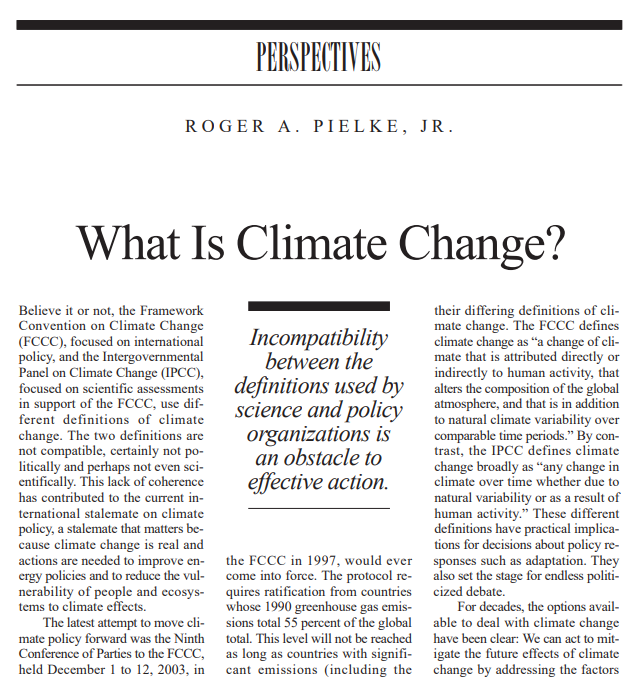
Lots of good comments on our newly revised preprint, keep’em coming 🙏⤵️
https://twitter.com/RogerPielkeJr/status/1380928333358096385
If we view the future through the lens of plausible IPCC scenarios (AR5 & SSP consistent with 2005-2020 reality & 2020-2040 near-term projections), the below shows fossil fuel CO2 emissions without application of an negative emissions technologies 

One comment we have received on this analysis is that the envelope of emissions in 2100 from plausible scenarios may not actually reflect all plausible outcomes
We agree!
That is an argument (which we make) for updating IPCC scenarios & not continuing to use outdated scenarios
We agree!
That is an argument (which we make) for updating IPCC scenarios & not continuing to use outdated scenarios
One note: Sad that this has to be said but there is an academic tweeting falsely that we have accused others of "research misconduct"
I won't dignify it with a link, such smears are gross and unprofessional but all too common in this field
Play the ball not the person⚽️
I won't dignify it with a link, such smears are gross and unprofessional but all too common in this field
Play the ball not the person⚽️
• • •
Missing some Tweet in this thread? You can try to
force a refresh











